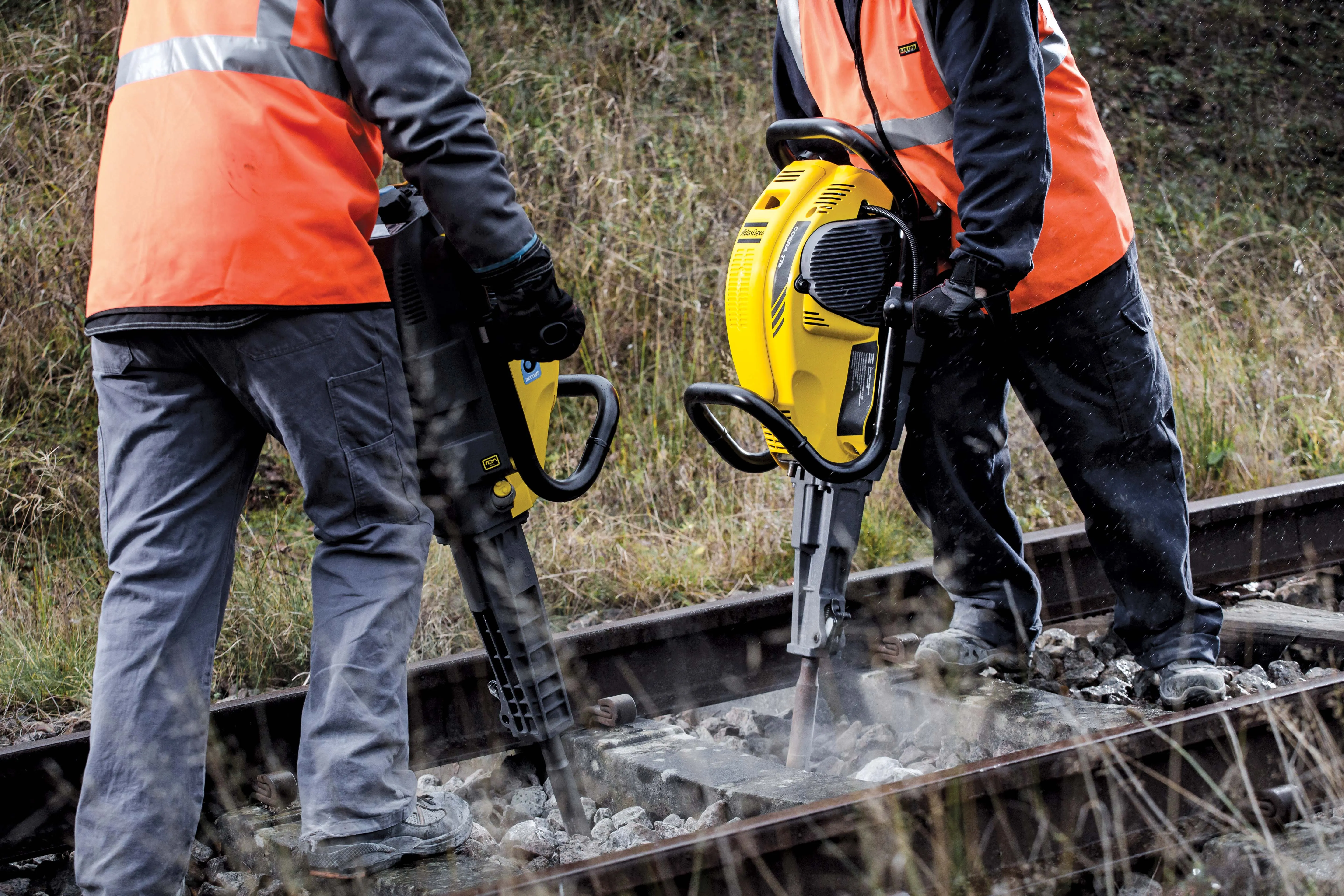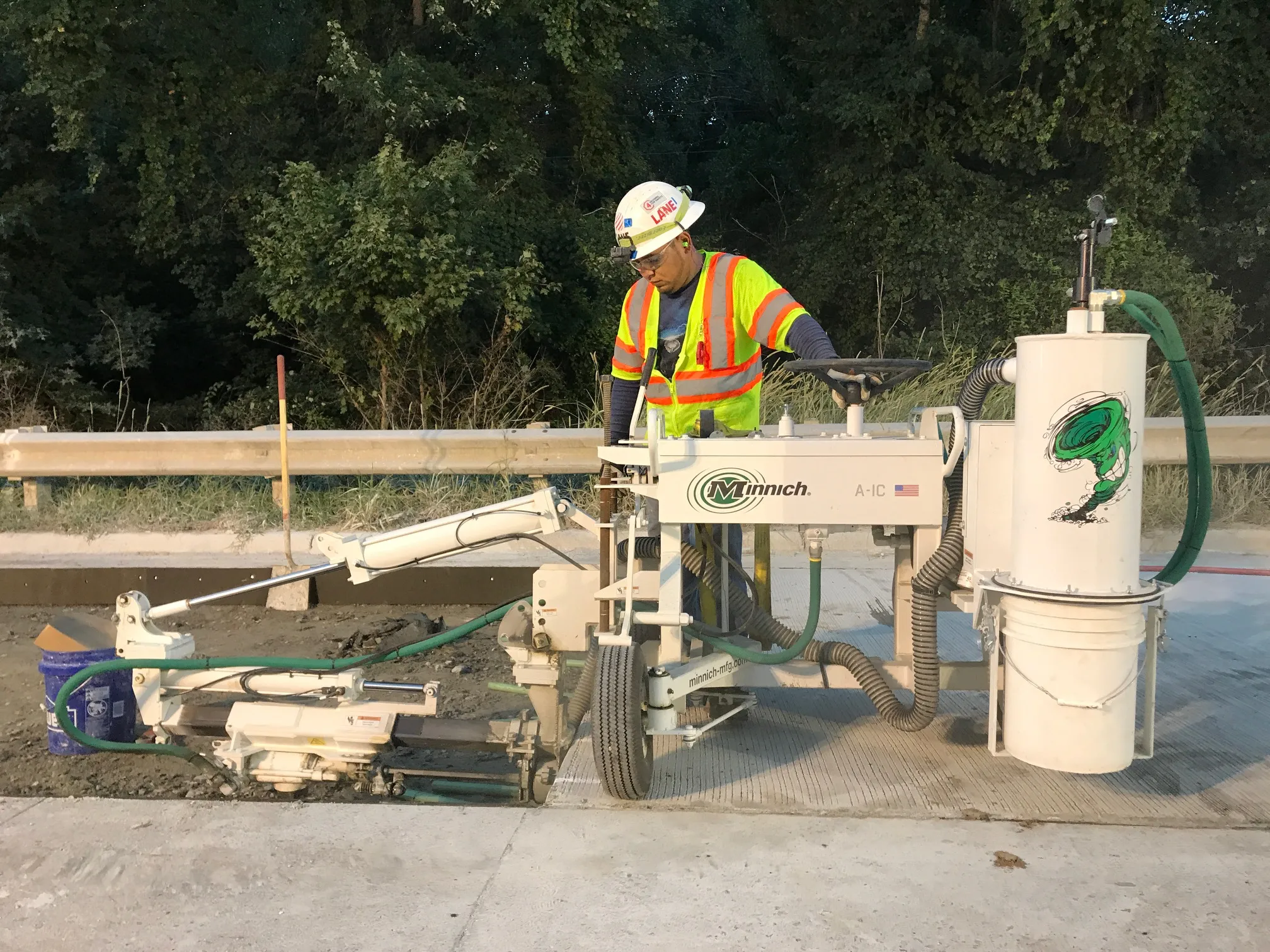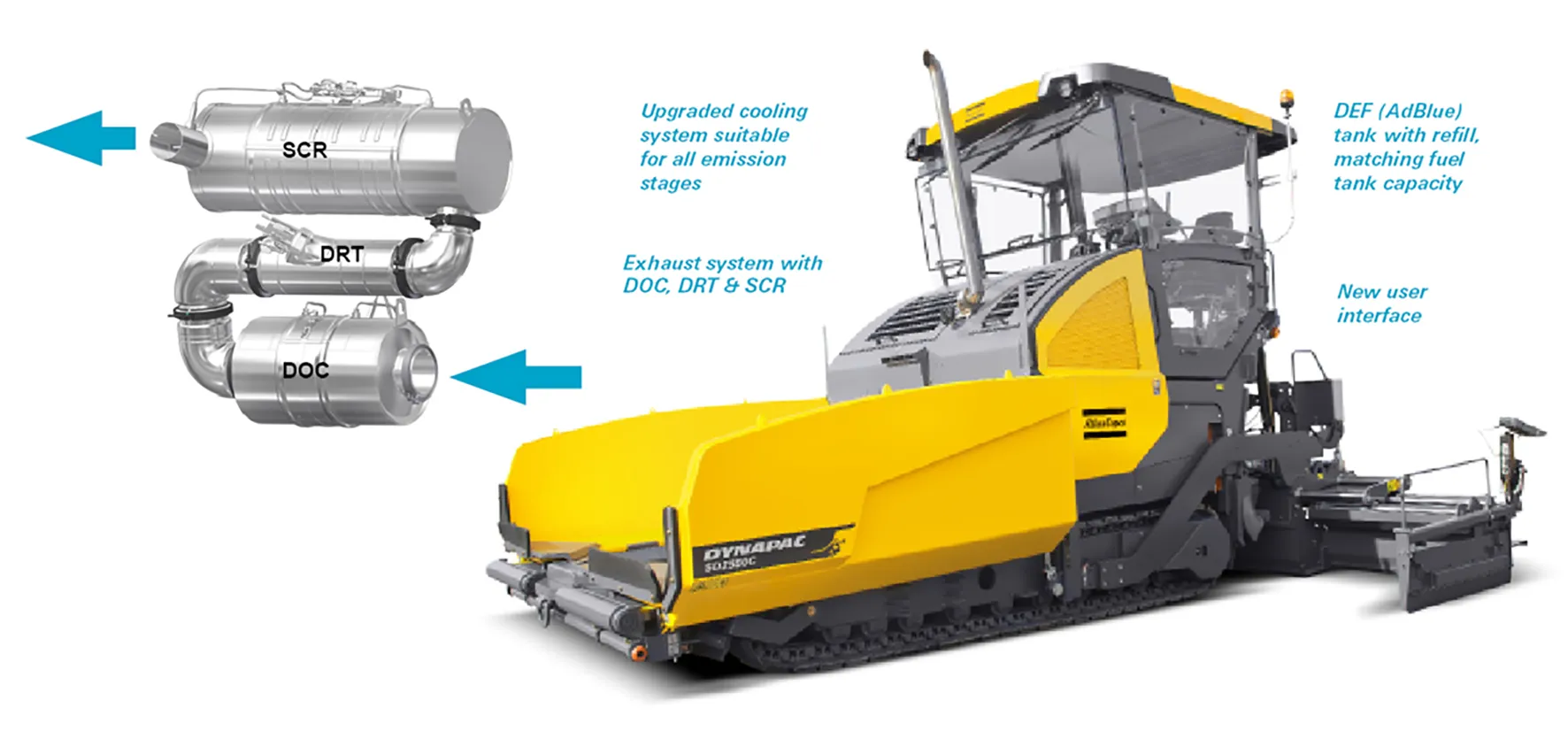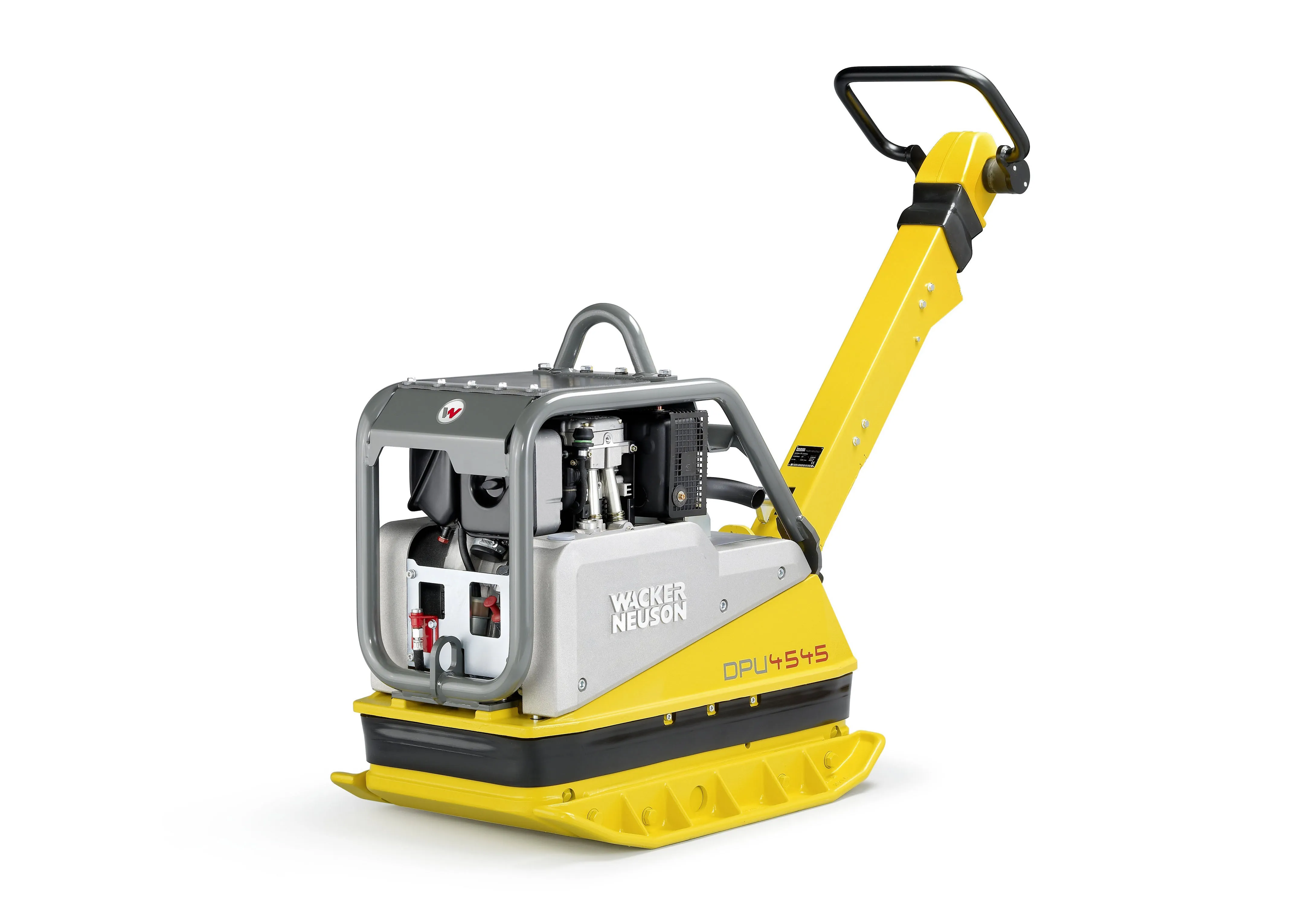Atlas Copco has redesigned its range of Cobra PROe and TTe petrol breakers to deliver more power and less vibration. According to Atlas Copco, the percussion mechanism delivers engine power with minimum losses to the tool tip, resulting in impact energy of 60Joules for the PRO version and 40Joules for the TT version. The PROe is ideal for breaking, asphalt cutting and post driving. With 60Joules at the tool tip it can break silica rich rocks and reinforced concrete, according to Atlas Copco. The Cobra TTe i
March 13, 2015
Read time: 2 mins

Atlas Copco has redesigned its range of Cobra PROe and TTe petrol breakers to deliver more power and less vibration.
According to161 Atlas Copco, the percussion mechanism delivers engine power with minimum losses to the tool tip, resulting in impact energy of 60Joules for the PRO version and 40Joules for the TT version.
The PROe is ideal for breaking, asphalt cutting and post driving. With 60Joules at the tool tip it can break silica rich rocks and reinforced concrete, according to Atlas Copco.
The Cobra TTe is the most optimal punch for tie tamping. The unit’s 40Joules at the tool tip delivers high enough energy to push the ballast back under the ties and low enough to prevent the pulverisation of ballast.
Both versions are available with 25 x 108mm shanks, making them shorter and lighter which also diminishes vibrations. To dampen the tools further, both have improved hand-arm protection systems.They also run on alkylate petrol to reduce an operator’s exposure to harmful exhausts and also lower the environmental footprint.
According to
The PROe is ideal for breaking, asphalt cutting and post driving. With 60Joules at the tool tip it can break silica rich rocks and reinforced concrete, according to Atlas Copco.
The Cobra TTe is the most optimal punch for tie tamping. The unit’s 40Joules at the tool tip delivers high enough energy to push the ballast back under the ties and low enough to prevent the pulverisation of ballast.
Both versions are available with 25 x 108mm shanks, making them shorter and lighter which also diminishes vibrations. To dampen the tools further, both have improved hand-arm protection systems.They also run on alkylate petrol to reduce an operator’s exposure to harmful exhausts and also lower the environmental footprint.








